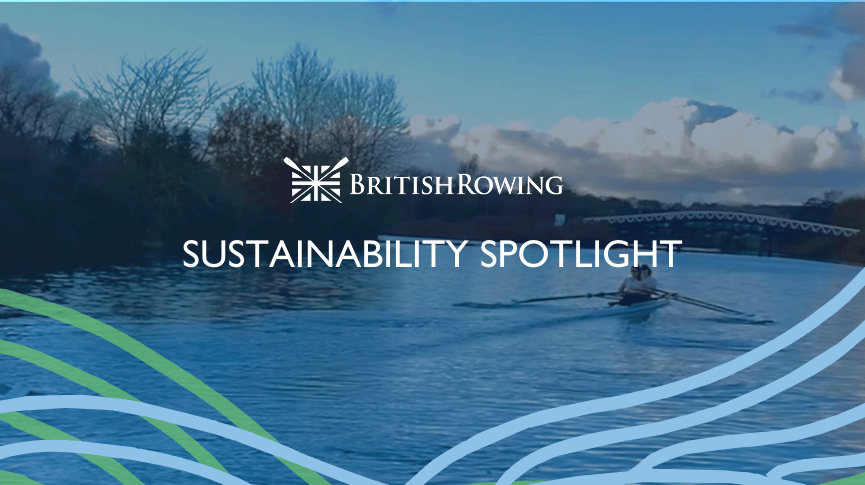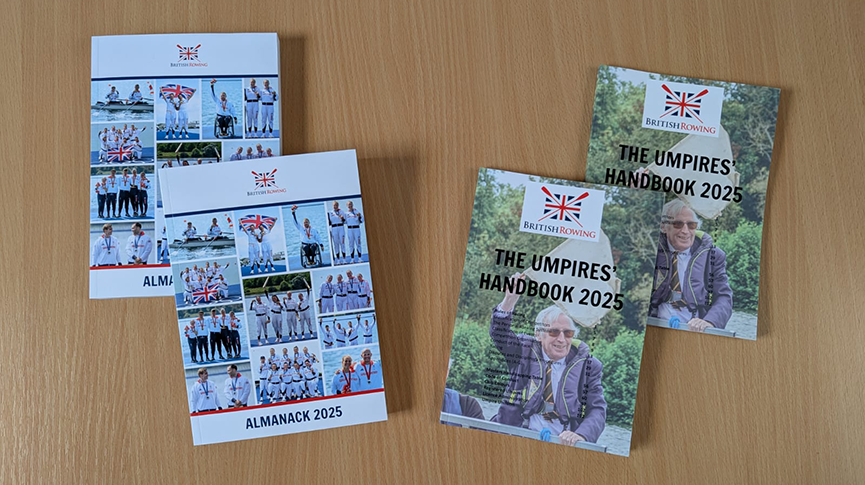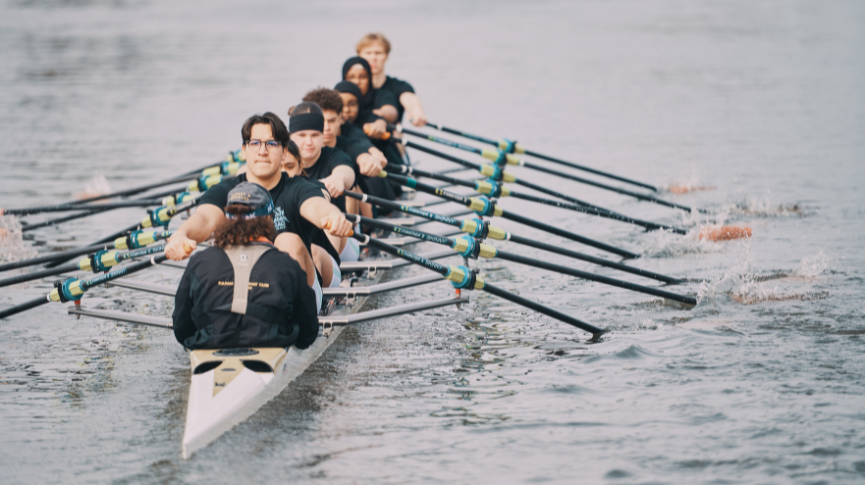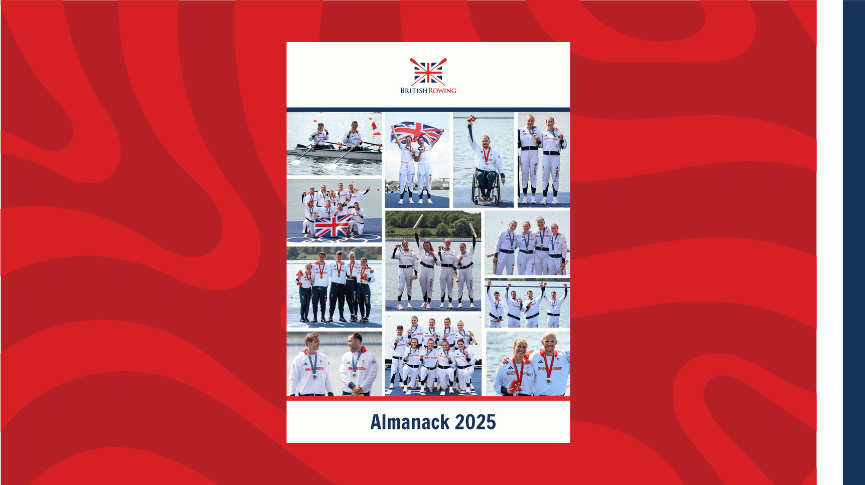A Safety Update for Rowers and Coaches
The Sport Committee briefed Council on a number of items relating to safety at the meeting on 11th June. It is vital that all rowers and coaches take responsibility for their equipment and for the safety of themselves and others, so please take a moment to read the latest advice from the Rowing Safety Committee.
Backstay requirements
After a collision between two boats training at speed which resulted in serious injury the Rowing Safety Committee has issued the following advice;
“The forward port and starboard rigger on all boats, other than single sculls, should be protected by a backstay.”
This advice will be issued as a RowSafe guidance document by the RSC.
Buoyancy provision in double-skinned racing boats
All British Rowing clubs should be aware of the different nature of buoyancy provision for double-skinned boats compared to traditional boats in that in the former some of the buoyancy compartments are linked together.
The buoyancy provision for double-skinned boats is entirely consistent with British Rowing and FISA requirements, but clubs should recognise the importance of securing all hatch covers and, as with traditional boats, not compromising the integrity of the buoyancy by drilling holes such as those for lighting or speaker cables.
Kill cords
Following a recent tragic accident involving a speed boat in Cornwall, the Marine Accident and Investigation Board has published a safety bulletin which highlights the need to use a kill cord correctly. The safety points in the bulletin are as follows;
- Test regularly to ensure that the engine stops when the kill cord mechanism is operated.
- Make sure that the cord is in good condition.
- Always attach the cord securely to the driver, ideally before the engine is started, but certainly before the boat is put in gear.
- Stop the engine before transferring the kill cord to another driver.
The full safety bulletin can be downloaded from the MAIB website;
http://www.maib.gov.uk/cms_resources.cfm?file=/SB1_13.pdf.
Further information on the correct use of kill cords can be found on the RYA website;
http://www.rya.org.uk/infoadvice/safteytips/Pages/KillCord.aspx.
RowSafe currently states that it is a Club’s responsibility to “Ensure that launches with are fitted with outboard engine ‘kill cords’ and that they are used properly.”
It is incumbent on the individual coach or launch driver to continue to follow this advice.”
Navigation on Tideway
At a recent meeting of the Port of London Authority’s Recreational Navigation Group, it was noted that the number of incidents in which the PLA were involved had increased. Most of the incidents that were reported could have been prevented if crews had kept a better look out and were more aware of the tidal conditions.
The Thames Regional Rowing Council has given an assurance that this coming autumn all Tideway Clubs will be visited individually to be given a safety briefing at which it is expected that all coaches and steers persons will attend.
Both Tideway and non-Tideway crews must improve their navigational performance or risk sanctions that will have considerable negative effect for rowing on Tideway, ie the blanket implementation of the International Collision Regulations.
Dr. Chris George, is currently Acting Hon Water Safety Advisor until a permanent replacement for Dr Killick has been appointed.







